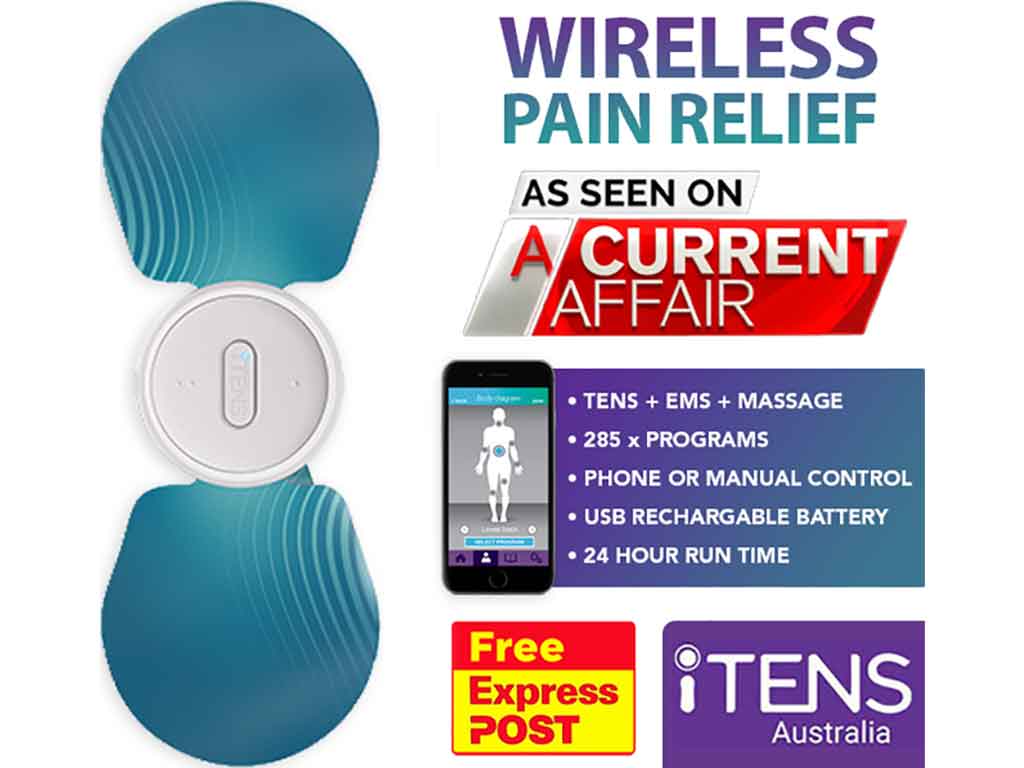
A vagal nerve stimulator is a medical device that can treat certain neurological and psychiatric conditions. It works by delivering mild electrical pulses to the vagus nerve, which plays a role in regulating various bodily functions. It can block pain signals or trigger the release of endorphins. The device is usually implanted under the skin on the chest, with a wire connecting it to the vagus nerve in the neck.
The vagus nerve is a crucial part of the nervous system. It serves as a communication highway between the brain and several organs, including the heart, lungs, and digestive system. Problems with the vagus nerve can lead to a wide range of symptoms, including dizziness, chest pain, abdominal pain, and difficulty swallowing. Nerve stimulation provides effective relief from the symptoms in most cases. This article will provide information about vagal stimulators, including their mechanism of action and clinical applications.
What Is a Vagal Nerve Stimulator?
A vagal nerve stimulator is a medical device that involves the use of electrical impulses to stimulate the vagus nerve. The vagus nerve is one of the cranial nerves located in the body. It is responsible for transmitting electrical signals from the brain to various organs and vice versa.
Individuals may utilise two types of devices: implantable and external. The implantable variant is surgically placed in the chest region and linked to the left vagus nerve. Functioning like a pacemaker, it serves to assist individuals dealing with treatment-resistant depression and epilepsy. A healthcare provider will guide the proper usage of this vagus nerve stimulation device.
The second type involves an external application using a Transcutaneous Electrical Nerve Stimulation (TENS) machine. This portable device delivers electrical pulses through stimulation electrode pads applied to the skin. The direct stimulation in patients serves to obstruct pain signals from reaching the brain. Moreover, people can use this stimulator device to treat various chronic or acute pain conditions, including muscle pain, nerve pain, period pain, arthritis, and more.
Other Types of Electrical Nerve Stimulation
- Electrical Muscle Stimulation (EMS): This technique involves using mild pulses of electrical activity to elicit muscle contractions.
- Interferential Current (IFC): It uses two medium-frequency electrical currents that intersect and produce a therapeutic low-frequency current where they overlap.
- Functional Electrical Stimulation (FES): It aims to restore or improve functions lost due to neurological disorders or injuries.
- Spinal Cord Stimulation (SCS): SCS involves the use of an implantable device to deliver electric impulses directly to the spinal cord to block pain signals before they reach the brain.
- Peripheral Nerve Stimulation (PNS): It applies active stimulation current directly to peripheral nerves, managing pain when other treatments prove ineffective.

Mechanisms of Action of a Vagal Nerve Stimulator
The mechanisms of action of a vagal nerve stimulator involve sending electrical signals, also known as active stimulation currents, from the generator to the brain. These impulses stimulate the nerves, increasing neural activity and helping to restore their normal functioning. As a result, the vagus nerve becomes more active. This alteration in brain activity can help to treat various conditions, including refractory epilepsy, depressive disorder, and migraines.
The vagal stimulation can also reduce pain by stimulating certain nerve fibres in the spinal cord to block the transmission of pain signals to the brain. Additionally, it triggers the release of endogenous opioids, such as endorphins, which bind to opioid receptors and help in alleviating pain.
Another function of the vagal stimulator is to calm down overactive brain cells for seizure control. Users can activate the vagal stimulator device if they feel the onset of convulsions. Furthermore, the vagus nerve stimulation device can provide therapeutic effects for those who do not respond well to medication.
Intensities and Frequencies
Intensity refers to the strength or power of a stimulus, such as transcutaneous stimulation, in medical treatment. It determines the level of sensation experienced by the patient. Higher intensity levels can influence heart rate, inflammation, and mood regulation. It is important to start with a low intensity to prevent the common side effects.
The stimulation frequency determines how quickly the body receives an electrical pulse. Lower frequencies may have a calming effect. Meanwhile, higher frequencies might be more stimulating, impacting factors like alertness and cognitive function. Understanding the balance between intensity and frequency is essential in optimising vagus nerve stimulation for various medical applications.

Clinical Applications of a Vagal Nerve Stimulator
A vagal nerve stimulator is proving to be a valuable adjunctive therapy for individuals dealing with bipolar disorder. It helps regulate mood swings and stabilise emotions. The innovative nature of the vagal stimulator provides an additional layer to the treatment of bipolar disorder. It contributes to a more comprehensive and personalised management strategy.
Additionally, vagal stimulation can help treat Inflammatory Bowel Disease (IBD). Research suggests that stimulating the vagus nerve can effectively modulate the inflammatory response. This offers relief to those suffering from conditions such as Crohn’s disease or ulcerative colitis. By influencing the communication between the nervous and immune systems, vagal stimulation helps in managing the chronic inflammation associated with IBD.
Moreover, vagus nerve stimulation aids in the treatment of epilepsy and depression. Intervening at the neurological level helps in the reduction of seizure frequency and alleviates symptoms of depression. This method provides an alternative or complementary approach for individuals who may not fully respond to traditional treatments.
Are There Potential Side Effects?
Vagus nerve stimulation can cause hoarseness as a potential side effect. This is because the vagus nerve plays a role in vocal cord movement, but the condition is generally temporary. Another potential adverse effect is neck pain. This may occur as a result of the placement of the stimulating device.
Shortness of breath is also a possible effect. This can happen because the stimulation may affect the muscles involved in breathing. Overall, it is important for individuals undergoing the procedure to understand the benefits and risks. Considering the potential adverse effects is crucial in making an informed decision to proceed with the therapy.
Conclusion
In conclusion, a vagal nerve stimulator is a medical device that uses electrical impulses to activate the vagus nerve. It aids in neurological and psychiatric conditions. Whether implanted or used externally, the device works by sending electrical signals to the brain, increasing neural activity and offering relief from various ailments. With its ability to modulate brain function, the vagal stimulator provides a valuable option for individuals unresponsive to traditional treatments.
The vagal stimulator emerges as a promising tool for diverse clinical applications. It contributes to managing bipolar disorder, offering a personalised approach to stabilising emotions. Its efficacy extends to treating IBD, providing relief by modulating the inflammatory response. Furthermore, it can help in managing epilepsy and depression. Despite potential side effects like hoarseness and neck pain, understanding the benefits and risks empowers individuals to make informed decisions. Those interested in using TENS machines may consider the iTENS.




















